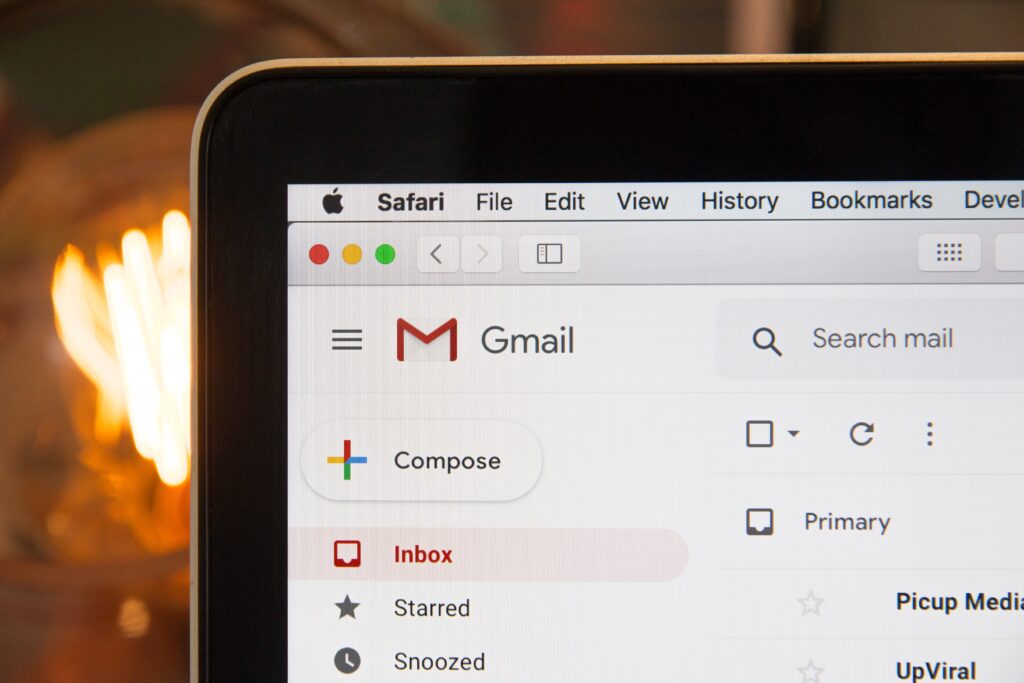It can be daunting and stressful writing to your professors because they can seem so standoffish.
But sometimes, you must write to your professors anyway. Some of the reasons include:
- Clarifying on topics in class.
- Submitting your projects (especially in this COVID times)
- Not being able to attend class (with a valid reason of course!)
So take that first step to write an email to professors! Most of your professors will be more than happy to answer any queries you have.
But how should you do that?
Here are some things that you should take note of when you are writing to your professors.
TIPS
- Be sure that before you email your professors, these are some things that you should do first
- Asked your classmates for the areas that you don’t know.
- Research online. AKA you should find Mr. Google for help. The point of this is to show your professors that you’ve already made the effort to answer the questions that you have. You have tried.
- If you’ve done all these, then go ahead with that email!
- If your professor hasn’t replied to you within a day, don’t send the next email just yet! Your professor is likely to receive countless emails daily. Do give them a few working days to reply to you. Yes. Working days do not include the weekends and public holidays. So be sure to send your emails early if you need the answers urgently.
- However, if your professor has yet to reply after 3 working days, you may want to send a follow-up email. Chances are, your professor may have lost your email in their inbox. Thus, following up can remind them of it.
A SAMPLE TEMPLATE
Dear (1) Professor (2) Last-Name (3)
Write goodwill (4)
Body 1 (5)
Body 2 (6)
Body 3 (7)
What you need your professor to do (8)
End off with Goodwill (9)
Yours sincerely (10)
Your name
(The class that you’re from)
10 STEPS TO DRAFTING THE EMAIL
1. Salutation
Choosing between “Dear” or “Hello”.
This depends on your comfort level with your professors. I personally use “Dear” when I first email my professors.
For subsequent emails, this will depend on how my professors reply to me and I’ll adjust my greetings accordingly. So when you become more comfortable, you can opt for “Hello” instead!
However, the safest bet is definitely “Dear”.
Note: Take note of the change in ending salutations depending on which salutations you are using. See point 10.
2. Title
It is very important to address your professors correctly. After all, they have earned their places in university and would expect their students to address them in the proper way. As a student, you should show your respect to the person who is educating you.
Again, this is dependent on your comfort level with your professors. The safest and most formal way is to address your professors as “Professor”.
You may also want to call them by “Dr” if they have a Ph.D. “Mr”, “Mrs”, “Ms” is okay too but this means that you need to know their marital status which may risk mistakes. So mention it at your own risk.
3. Last-Name
Going by their last-name will never go wrong because this is the most formal and proper way to address them.
If you wish to address them in a more casual way, this is dependent on your comfort level with your professors.
However, I’ve had professors telling me that they prefer us to call them by their names. In that case, it would be perfectly okay to call them by their names. But do make sure that you’ve gotten their permission to!
It is also important that you don’t call them by the wrong name. So, it will be worth your time to look up their names in the course syllables. You wouldn’t want to make a blunder and leave a bad impression on your professors!
4. Goodwill
Your professors are not a machine that serves to answer your questions. They are human beings with their own lives too. So don’t just jump straight right into what you want them to answer. Do remember to send some niceties along the way. Even something simple is more than good enough.
Some of these niceties include:
- Good Afternoon Professor. I hope that you’ve been having a great week so far…
It is a bonus if you can make it as genuine as you possibly can.
5. Context (Where you are from?).
Your professors are teaching so many classes with so many students in those classes. It can be difficult to remember you if you have yet to interact with them at all.
Thus, when you first send your email to your professors, do remember to write the following.
- Class + Course Code
- Day and Time Slot for your class
- Your name. This is the most important thing.
That way, your professors can recognise you and you’ll be able to build a good relationship with your professors.
Also, the fact that they can give you your class participation when you don’t speak up in class. See this post for reasons why you should talk to your professors!
6. Body 1 (The main reason for your email.)
Keep what you want to ask concise.
Be polite about how you go about writing what you need. Do take note that this email shouldn’t sound like a demand. Your professors don’t owe you anything.
If this part starts to get lengthy, you may want to make an appointment instead and discuss what you need in detail with your professor.
Any sensitive topics such as discussing grades may also be more suitable to meet your professor in person instead.
7. and 8. (Any Additional Information)
If you need more space to elaborate on your main point and provide more information on what you need, this is where you can write to them. This would be the best place to clarify what you want to know.
For example, the questions you have about specific areas in your notes.
9. Goodwill
Take this opportunity to thank them for their time and wish them all the best in the week ahead.
- Thank you for your time.
- I look forward to your reply.
If you need them to do perform any actions, this is also a good place to write it in as a reminder. Examples include
- Writing a recommendation
- Liaising with someone else
10. Sign off.
This sign off is dependent on what you wrote in the top of the email.
- If you started off with “Dear”, you should end off with “Yours sincerely” or “Yours faithfully”.
- If you started off with “Hello”, you can opt to end off with “Best regards” or “Best wishes”.
REMINDER
- Writing a Subject Line. This should be concise and to the point. Leave the explaining for the body of the text. E.g. “Queries on Topic 1” vs “Helppp”. Even if you really do need the help.
- Read your email over a few times to make sure it does not sound messy and confusing. This also means that your writing should be in proper words, and not text-message style. Do note the grammar and punctuation as well. There are many extensions that can help you with this. This post shares some of the best extensions a student will need.
- Do send a thank you note when your professor replies you to acknowledge that you received their email. It never hurts to be courteous and it can go a long way.
I hope this post help you feel more confident when you are writing to your professors!
If you have yet to read my other blog posts for useful tips for offline to online classes, you can click here.










0 Comments